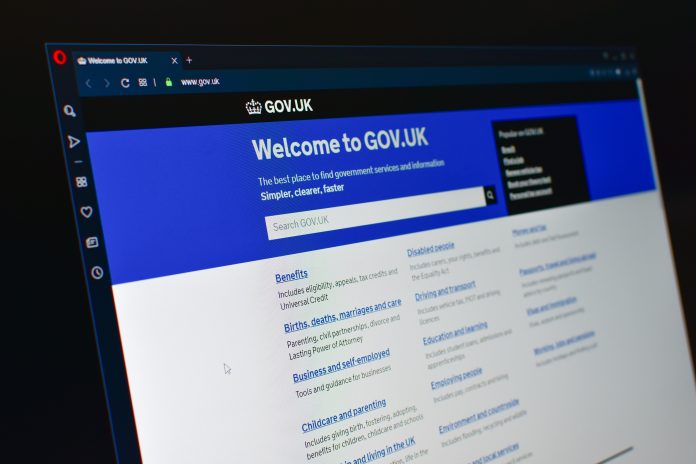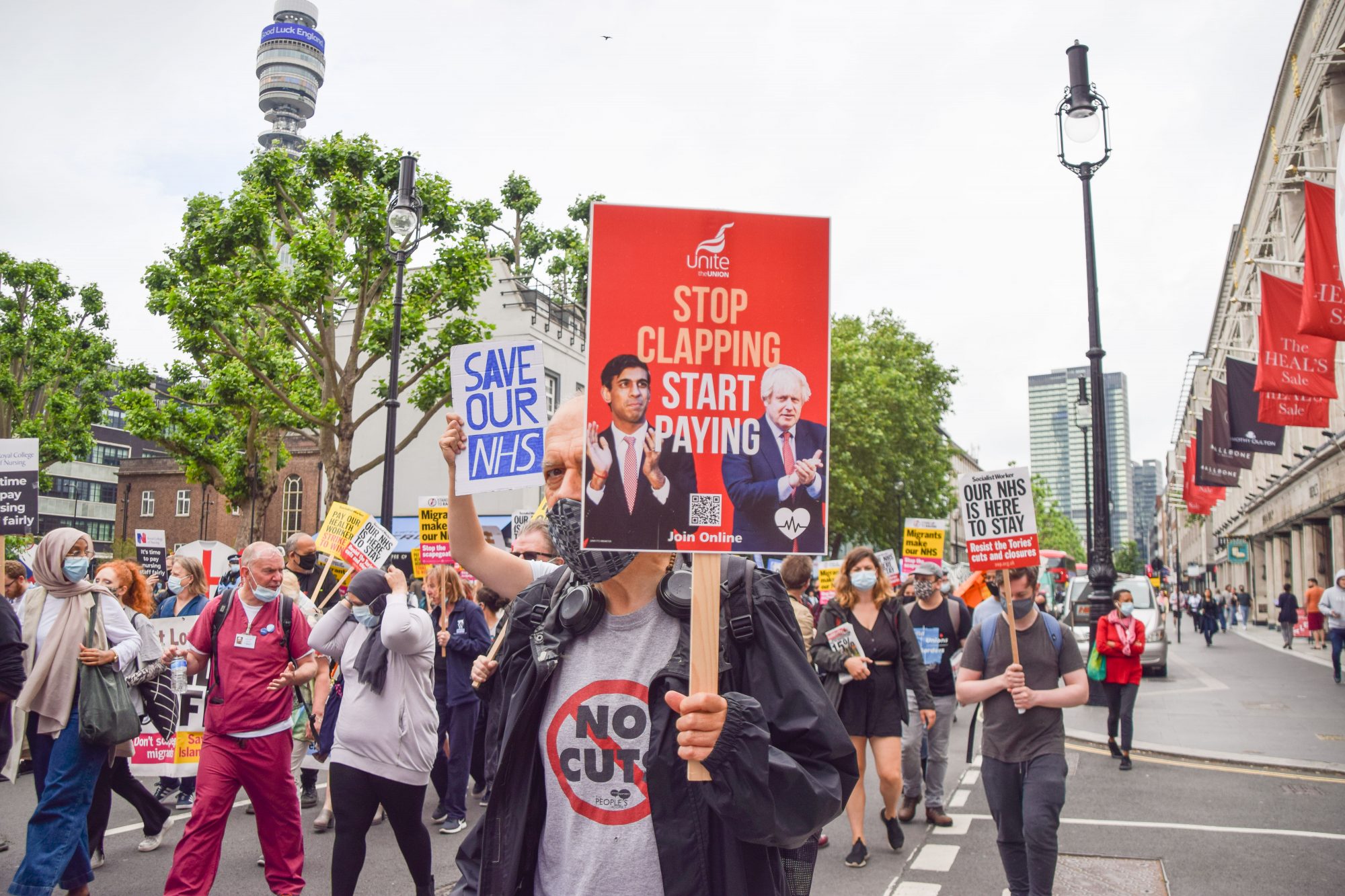In the post-pandemic era of recruitment and retention, how can we ensure that students realize the value on their investment?
In today’s higher education landscape, it would be fair to say that institutions’ admissions and marketing and communication departments have come out with a mix of exhaustion and excitement as they navigate the ongoing challenges of recruiting students and retaining them to graduation.
With the reduction in international students due to restrictions also factoring in, universities are now competing more heavily for students in the United Kingdom and paying more attention to localised catchment areas.
Recruitment processes have been reimagined as more traditional methods, such as open days, were put on hold. In addition, advisor meetings to help support students and keep them on track were either paused or set up virtually. Student-centred communications were immediately shifted to channels like email or chatbot, which are efficient in delivering critical information.
However, this overall approach raises the ongoing question of whether we are delivering what our current and prospective students really need. And subsequently, how falling short of those needs by continuing to rely on past strategies, rather than adapting, may impact recruitment and retention long term.
It must be about how we engage, not just about how we teach
The pandemic taught us that while students are comfortable with online and hybrid learning, they still want to feel engaged and connected to their institution and fellow students.
A recent Anthology white paper said that 63% of university leaders anticipate increased interactions between students and academic staff and more personalised communications based on specific courses and needs. However, only 42% of students felt communication would become more personalised, with 37% of students believe they will interact more with academic staff in the future. So how can we close this gap? We believe that it starts with considering the student journey in its entirety and then mapping the needs of students from initial recruitment to alumni and postgraduation.
It’s well known that the first four weeks of studies is a crucial time for universities to foster a sense of belonging, help build confidence with students, and demonstrate a vested interest in students’ future success beyond the study plans and campus tours. Therefore, every touchpoint of learner engagement should convey a powerful message of empathy and reassurance to engage the student and make them feel valued.
Although students have adapted to a new way of learning, they are still very much seeking reassurance and confidence in the trajectory of their studies from their institution. But, as universities continue to adapt in parallel to meet student needs, institutions that consider the entire student experience through the lens of data will emerge as frontrunners in recruitment and retention.
A personalised approach is best
One UK university, which has around 40,000 students, proved its resilience by taking a more holistic approach to understanding student data, utilising it to produce personalised communications addressing everything from mental health and wellbeing to teaching and graduation information, whilst also employing data predictively to tailor interventions that support student success.
Using a multichannel approach to engagement that tapped into students’ interests and the various stages in their education journey created an enhanced experience for learners and made them feel that the institution prioritised their unique needs and preferences – increasing the likelihood of retention.
This university knew sending out one size fits all emails would be nothing more than white noise for most students, and they weren’t utilising data resources to their full potential. However, once university leaders began interrogating student data with an eye on informing personalised communications, they felt those communications were more likely be opened and could inherently help build a stronger connection with learners.
Technology to drive engagement
Although the world of digital channels can’t replace the human touch, it creates the opportunity to think deeper and connect with more people to provide a collective experience. Students’ sense of belonging can be fostered using targeted virtual Q&A events, virtual buddying schemes, and providing one-to-one virtual campus tours with a student ambassador. These are just a few examples of ways to build a community, even when students cannot meet face to face.
Technology has also allowed universities to expand their reach beyond their typical geographies and demographics. For example, digital recruitment and learning approaches have meant that people living in rural areas or outside the UK have more education options than ever before, providing new recruitment streams for institutions.
UK universities are even starting to reframe the term ‘blended learning’ as we recognize that digital learning is here to stay as part of the overall learner experience. Students now desire more flexibility and options, and long-term investment in digital platforms is crucial if universities are to retain more students.
Today’s digital communications and the way that teaching has evolved continues to drive conversations around learner enrolment and retention. In the last two years, much has been lost or changed. But now, we have an opportunity to re-establish the value of higher education to students and embrace the positive new ways of learning that intelligent data and technology are delivering.
This article was written by Louise Thorpe, Vice President and Head of Client Experience, EMEA at Anthology.


































